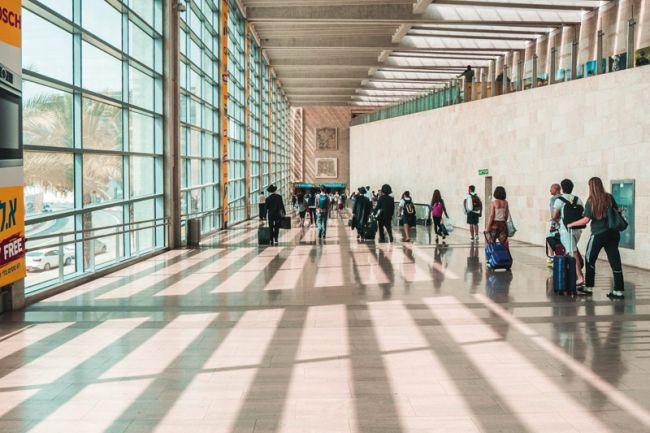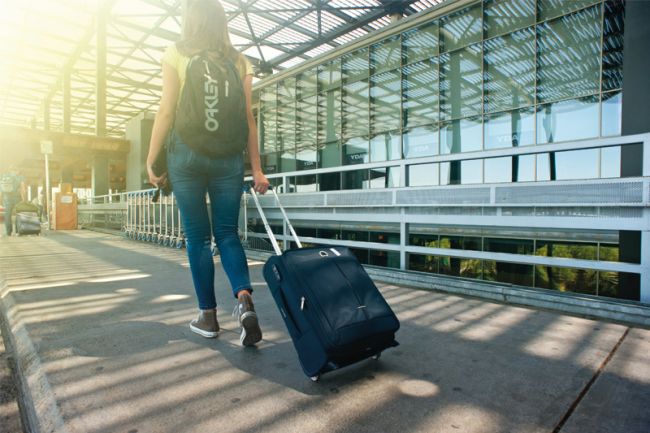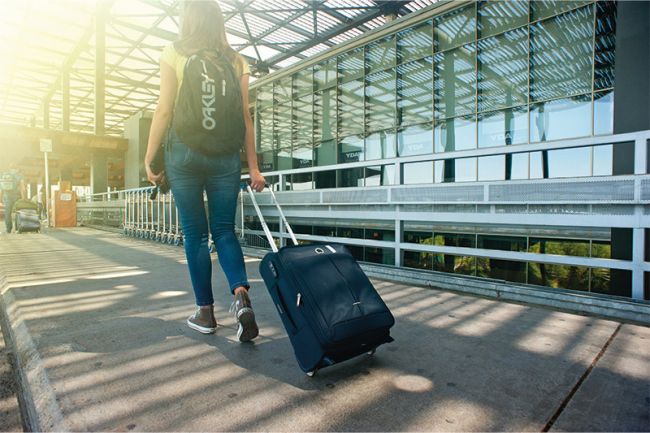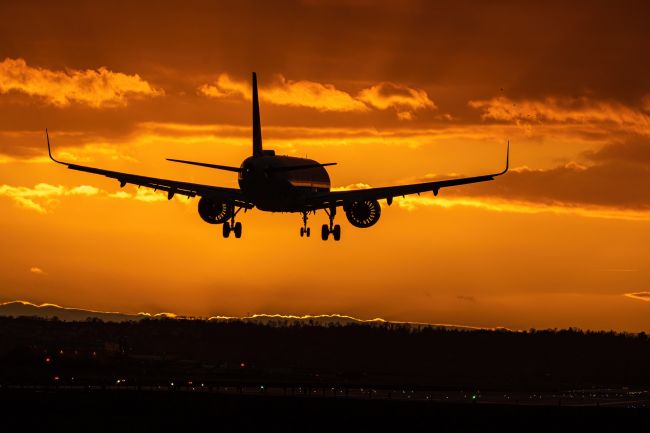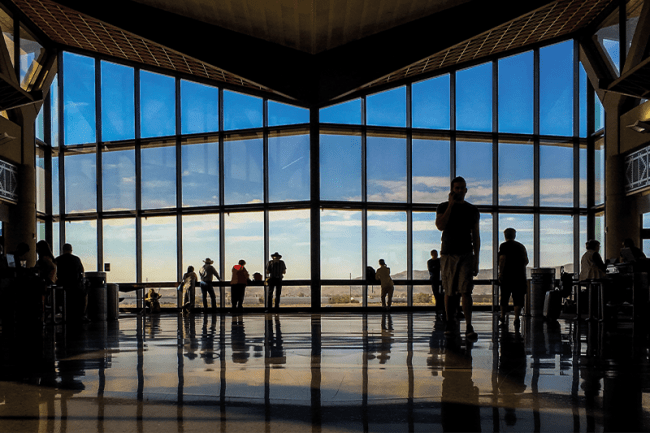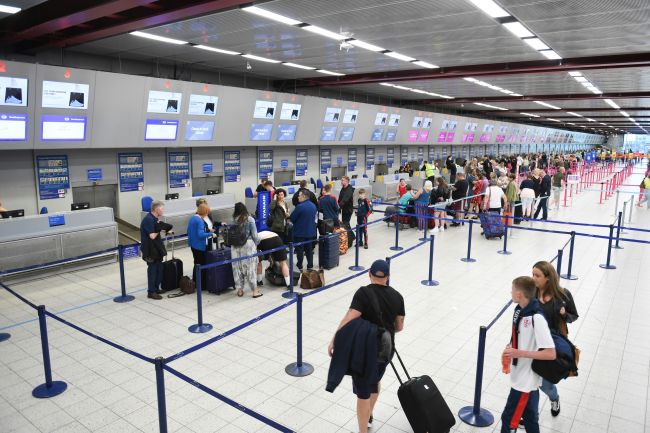Recovery is not just about the traffic
Across North America, airport boards and leadership teams are determined to get a fix on where the aviation industry is headed.

Across North America, airport boards and leadership teams are determined to get a fix on where the aviation industry is headed. As U.S. airports approach a full domestic traffic recovery and reap the benefits of a strong summer for international traffic, decision makers wonder whether today’s air service patterns offer a preview for the years to come. In Canada and the U.S., airports continue to face airline operational challenges as well as security and customs queues.
Graphical depictions of aviation recovery are deceiving. Some U.S. airports are already “fully recovered” if today’s traffic levels are compared to 2019. Typically leisure airports, they have benefited from the growth in ultra-low cost airline service and the desire to escape our houses and hit the beaches, national parks, etc. Other airports, especially those with a large share of international departures, have trailed in their recovery, and their own estimates show traffic recovery as late as 2025 or 2026.
A full industry recovery that gets airports to a “new normal” will require three major factors:
- Reliable Operations Today’s aviation industry operates with a “service tripwire” where one or more problems can ruin a day of travel, especially during peak times. Convective weather in the summer or snow in the winter, airlines running full loads with little spare capacity across their networks, and shortages of security and Customs staff can add up to thousands of miserable customer experiences and airport terminals full of cots for involuntary stays.
Improved airline and airport operations will require rebuilding staffs across the industry, especially in Canada and Europe, and creating a much larger pipeline of pilots to fly regional, mainline, and private aircraft. The star of this show has been United Airlines’ Aviate Academy, which is taking trainees through certification, cockpit time with regional partners and ultimately to United mainline aircraft.
Governments also have a responsibility to invest the security and Customs fees paid by travellers and freight shippers into sufficient operational staff and new technologies that can expand throughput and reduce wait times. For their part, airports need to ensure long-dwelling customers have access to open food and beverage options, even if that requires adjusting their business models. - New Infrastructure Over the last decade, the demands on airport infrastructure have continued to grow and shift. Airline traffic not only significantly increased pre-pandemic, but airlines continued to fly more passengers per operation than the decade before due to new larger aircraft, seat densification and higher load factors. For many airports, these trends are positive, increasing the efficiency of their airfields, as more passengers are delivered per operation. Airports with tightly circumscribed footprints (SAN, YYZ, DCA, JFK, etc.) see their useful lives extended by often a decade or more. But this same trend challenges passenger-centric infrastructure. As more passengers fly, peaking occurs, stressing terminal holdrooms, security checkpoints, concessions and bathrooms. More peaking also hits roadways and curbs with more vehicles required to deliver the higher passenger loads, leading to landside congestion. Unfortunately, U.S. terminal and landside infrastructure enjoys less support and FAA funding eligibility than airfields.
- Policy Reform Deborah Flint, CEO of the Greater Toronto Airports Authority, previously served in the same position with Los Angeles World Airports. She notes that semi-private Canadian airports such as YYZ received comparatively little government support compared to their U.S. counterparts. Had YYZ been eligible for the same level of infrastructure support as U.S. airports, it would have received $500 million in aid. That would have helped reduce debt, retain staff and keep more capital projects going. Together with ongoing rent paid to the Canadian government by the largest airports, the Canadian aviation model requires reform and some insulation against Black Swan events such as pandemics, given the important role airports play in supporting and enabling the economic success of surrounding regions.
Prior to the pandemic, U.S. airports received the vast majority of their support from the Airport and Airway Trust Fund (AATF) provided by fees on airlines, general aviation, and shippers. Taxpayer support was typically 20% or less of the FAA’s budget. The precipitous drop in traffic, however, combined with a temporary suspension of the revenues backing the AATF, will cause continuing pressure on taxpayers to support aviation, significant reform, or draconian cutbacks when the FAA and its programs will be reauthorized beginning Oct. 1, 2023.
Added to the three industry variables mentioned above, is a challenging mix of recession risks, rising interest rates and inflation, and global instability led by the ongoing conflict in Ukraine.
Traffic recovery is underway at North American airports. Full industry recovery is not, however. We all need to spend less time looking at recovery curves and more time working together on operational, infrastructure and policy improvements to produce a prosperous industry we can all be proud of.





